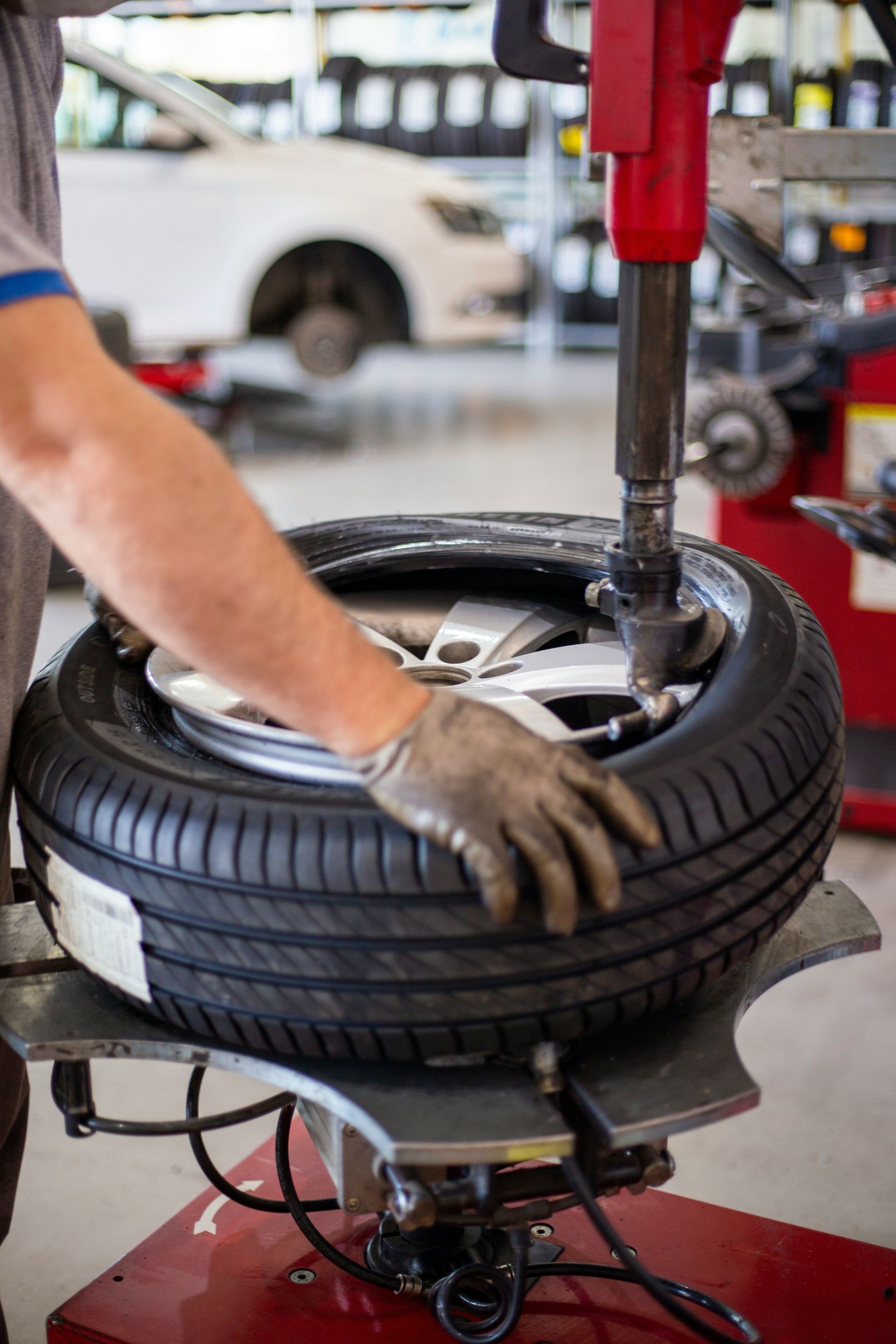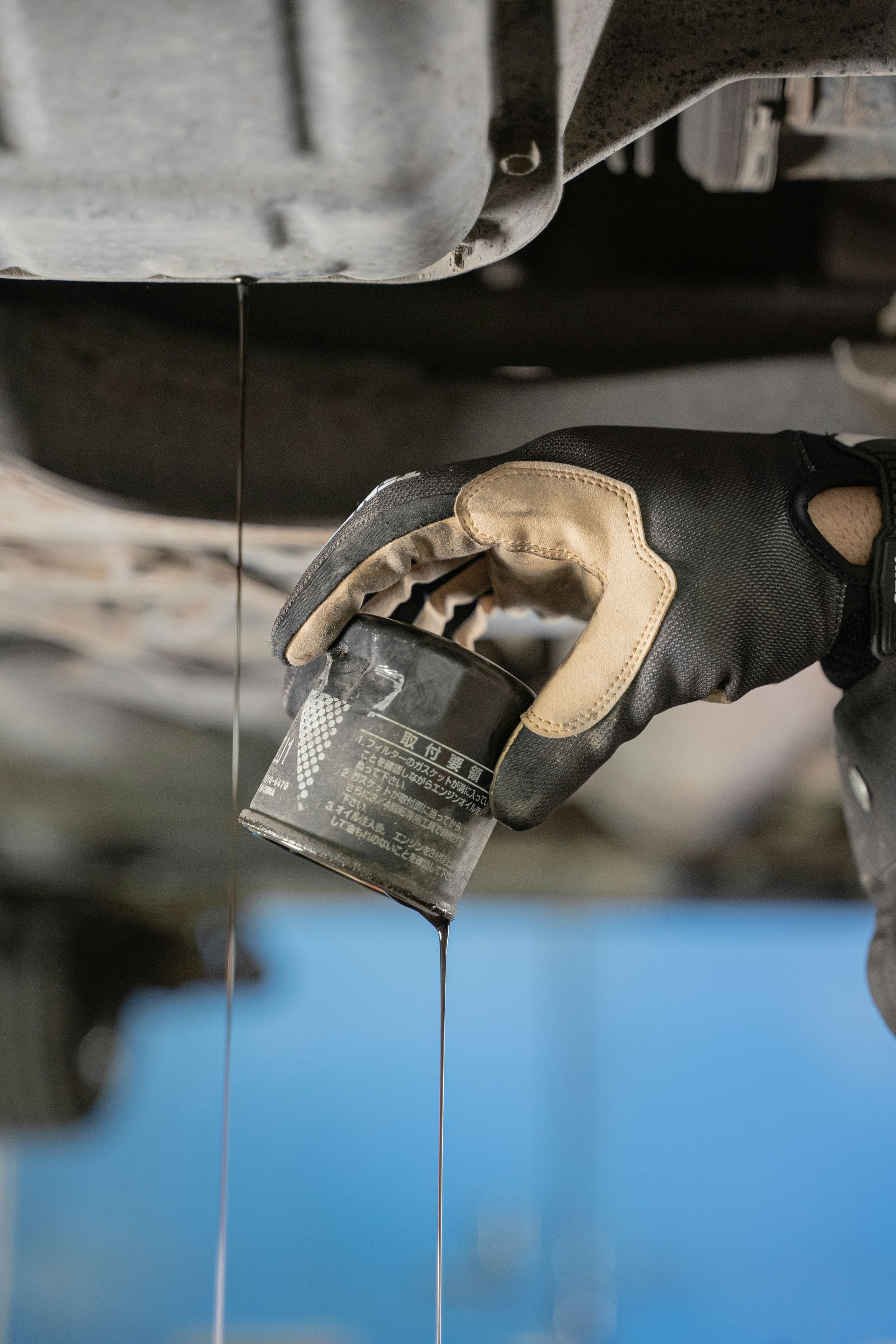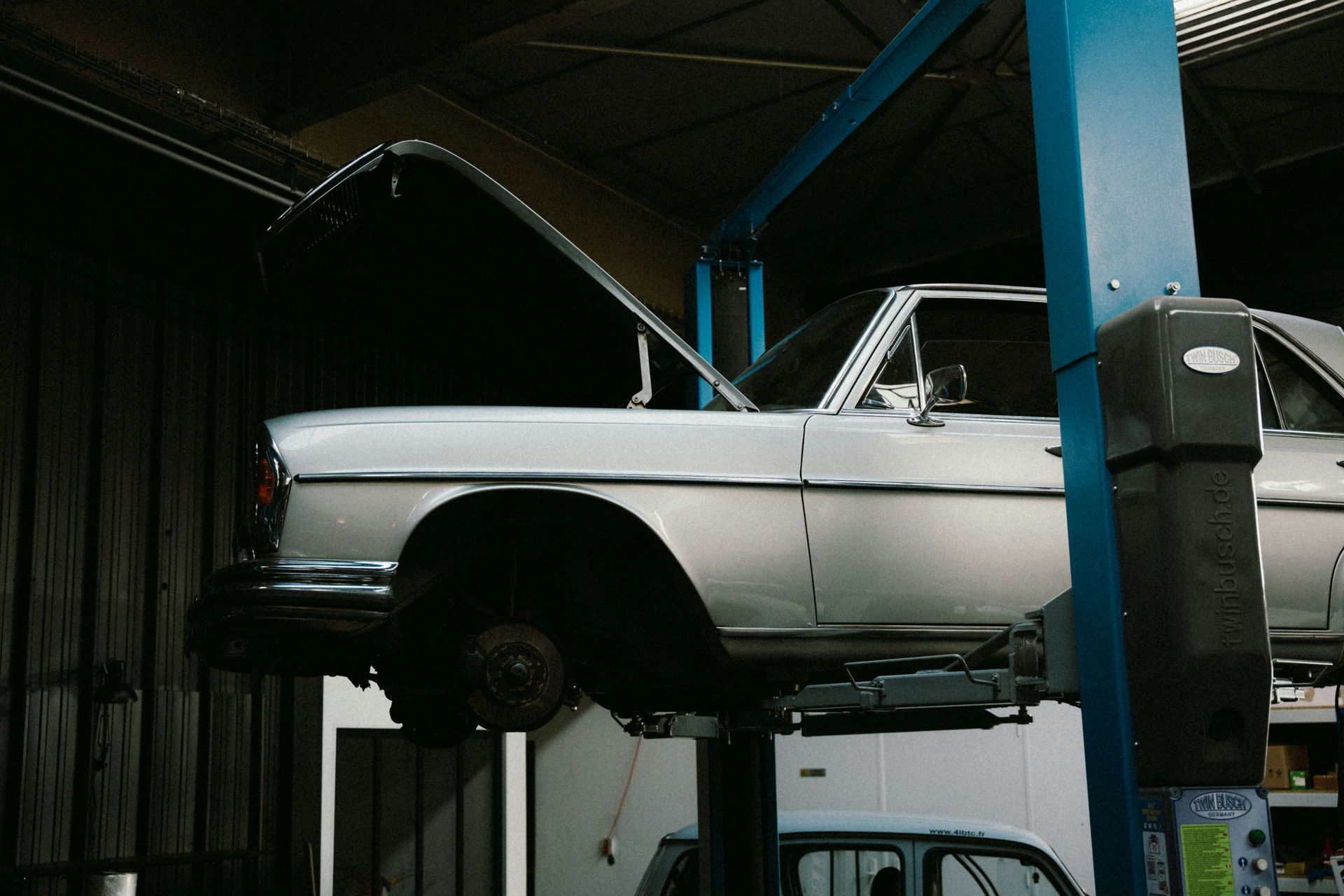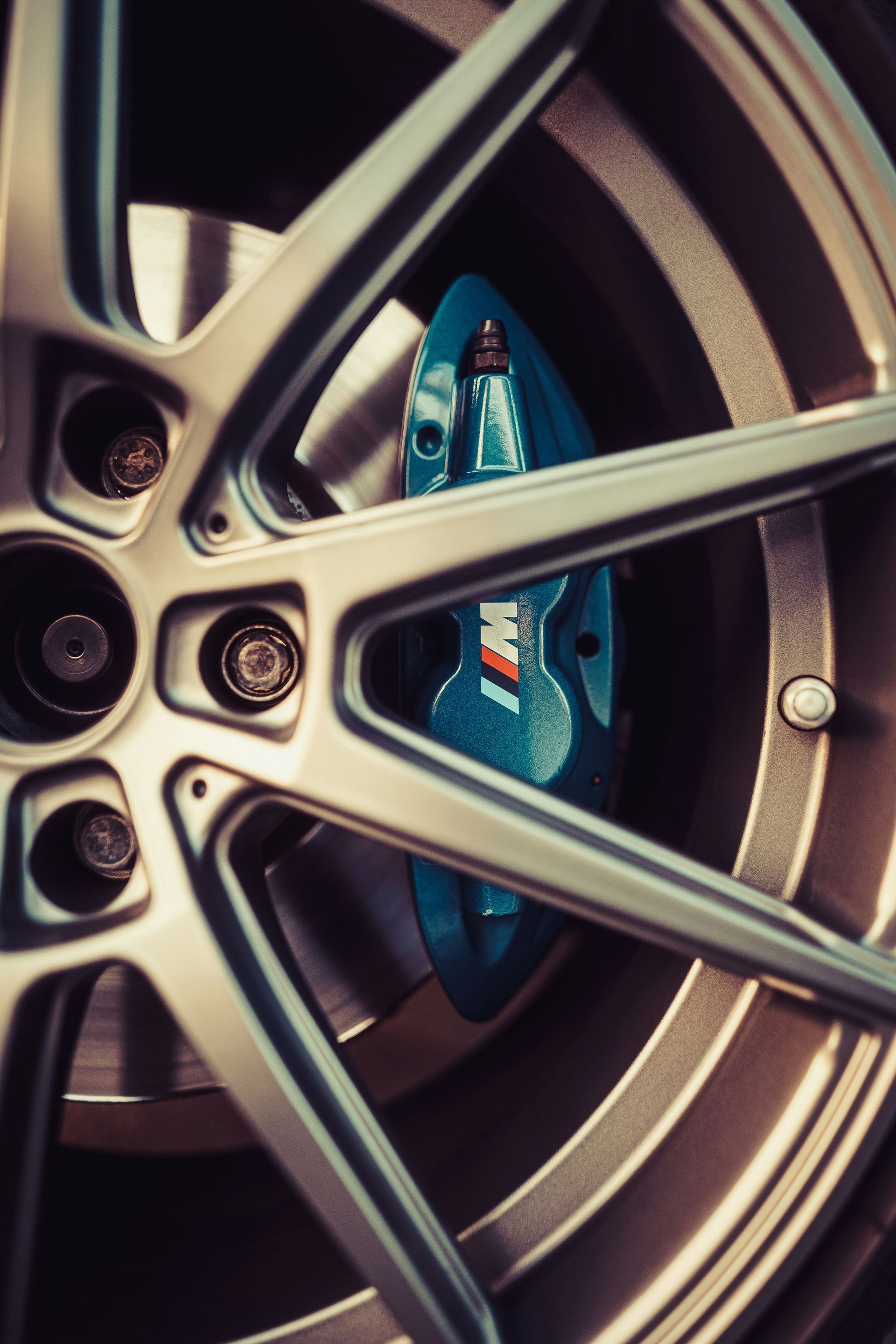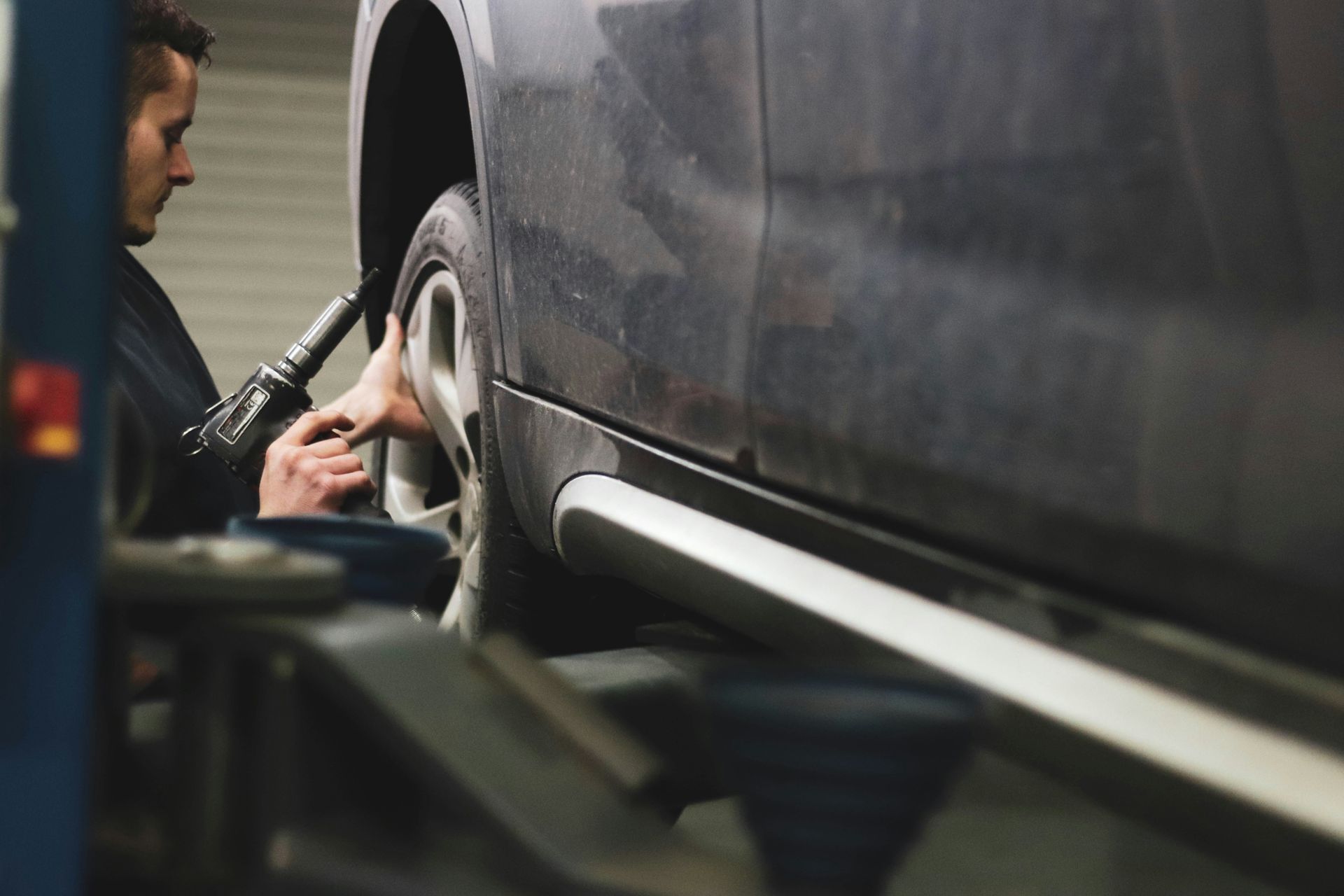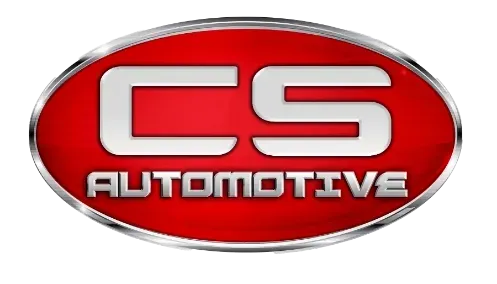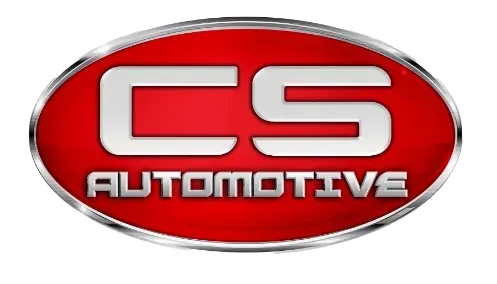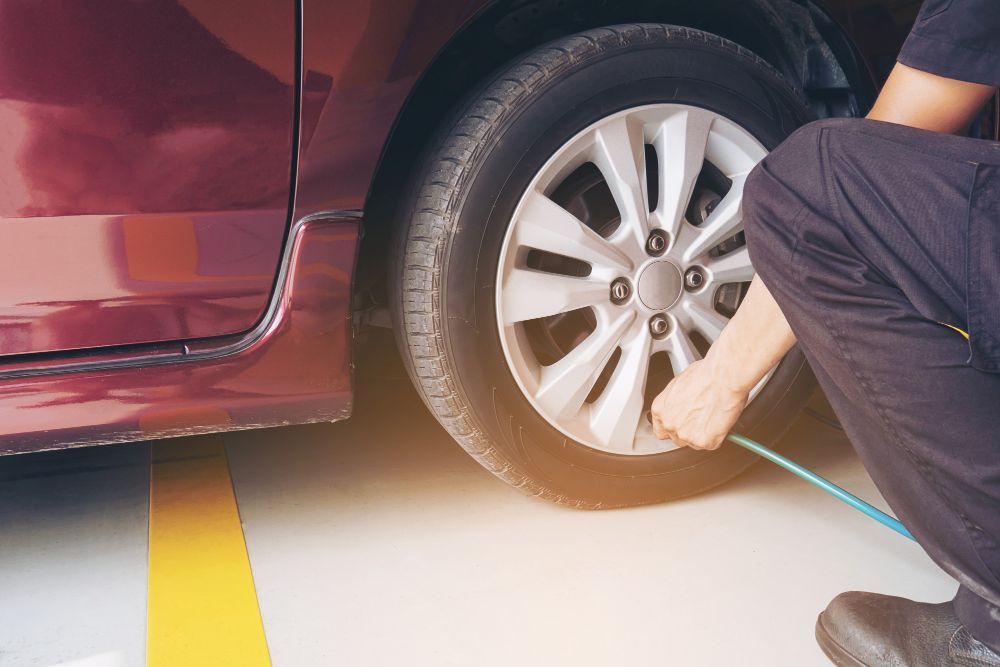Understanding the Wheel Alignment Process Keep Your Ride Smooth and Safe
When you get behind the wheel of your car, you expect a smooth and comfortable ride. However, if you notice your vehicle pulling to one side, uneven tire wear, or strange handling, it might be time to check your wheel alignment. At CS Automotive, we specialize in keeping your vehicle running smoothly, and that includes providing top-notch wheel alignment services. In this blog, we’ll explain the wheel alignment process, why it’s important, and how it can benefit your vehicle.
What Is Wheel Alignment?
Wheel alignment is the process of adjusting the angles of your vehicle’s wheels so that they are set to the manufacturer’s specifications. Proper alignment ensures that all four wheels are parallel to each other and perpendicular to the road, which helps your car maintain a straight line while driving and reduces unnecessary wear on your tires.
The alignment process involves adjusting the three primary angles of your wheels: camber, caster, and toe. These angles affect your car’s handling, safety, and tire longevity. Let's break down each angle and how they impact your driving experience.
Camber: The Vertical Angle
Camber refers to the angle at which the wheels tilt in relation to the vertical axis of the vehicle. When viewed from the front of the car, the camber determines whether the top of the tire tilts inward (negative camber) or outward (positive camber). Both conditions can lead to uneven tire wear and affect vehicle stability.
- Negative Camber: When the top of the tires tilts inward, negative camber is often used in sports cars to improve cornering performance. However, too much negative camber can cause excessive wear on the inside of the tires.
- Positive Camber: When the top of the tires tilts outward, positive camber is typically seen on older cars or vehicles designed for off-road use. Excessive positive camber can lead to wear on the outer edge of the tire.
Maintaining the correct camber angle ensures even tire wear and better handling.
Caster: The Steering Angle
Caster is the angle of the steering axis when viewed from the side of the vehicle. It refers to the tilt of the steering pivot and is crucial for steering stability. The caster angle affects the vehicle’s ability to return the steering wheel to a straight position after a turn.
- Positive Caster: This is the most common setting in modern vehicles, where the steering axis tilts rearward. Positive caster provides better stability at higher speeds and helps the vehicle maintain straight-line driving.
- Negative Caster: This is rare and typically found in older vehicles. Negative caster can result in poor steering stability and reduced control.
Proper caster alignment improves steering feel, vehicle stability, and control, especially at high speeds.
Toe: The Direction the Tires Point
Toe refers to the direction the tires point relative to the centerline of the vehicle when viewed from above. It’s essentially how much the front of the tires turns inward (toe-in) or outward (toe-out). Improper toe alignment can lead to rapid tire wear and poor handling.
- Toe-In: When the front of the tires point inward toward the centerline of the vehicle, it’s called toe-in. This is commonly used to enhance straight-line stability.
- Toe-Out: When the front of the tires point outward, it’s called toe-out. This setting is often used in racing for better cornering response.
Correct toe alignment ensures even tire wear and proper handling, which improves overall driving comfort and safety.
The Wheel Alignment Process
Now that we know the key angles involved, let’s take a closer look at the actual wheel alignment process and what you can expect when you bring your car into CS Automotive for service.
Step 1: Inspection of Suspension and Steering Components
Before any adjustments are made, the technician will inspect your vehicle’s suspension and steering components. This is an essential part of the process, as worn-out parts such as ball joints, tie rods, and control arms can affect alignment and make it impossible to achieve proper wheel alignment. If any of these parts are found to be damaged or worn, they will need to be replaced before proceeding with the alignment.
Step 2: Adjusting the Alignment Angles
Once the suspension and steering components are in good condition, the technician will use specialized equipment to measure and adjust the camber, caster, and toe angles. Most alignment shops, including CS Automotive, use computerized wheel alignment machines that provide precise measurements and adjustments to ensure your wheels are aligned to factory specifications.
Step 3: Test Drive and Final Checks
After the alignment is complete, the technician will take your car for a test drive to ensure the adjustments have been properly made. This test drive helps confirm that your car drives straight and handles well. Once the test drive is complete, the technician will recheck the alignment angles to verify that everything is in the optimal range.
Proper alignment ensures your tires wear evenly, your steering is responsive, and your vehicle handles smoothly. It's a crucial part of vehicle maintenance that helps extend the life of your tires and improve overall driving safety.
Why Wheel Alignment Matters
Getting regular wheel alignments is important for a variety of reasons, including:
1. Improved Tire Longevity
When your wheels are misaligned, your tires can wear unevenly, causing you to replace them much sooner than expected. Regular alignment helps prevent premature tire wear, saving you money in the long run by extending the lifespan of your tires.
2. Better Fuel Efficiency
Misaligned wheels can cause your vehicle to drag or pull to one side, which means your engine has to work harder to maintain speed. This increased resistance can reduce fuel efficiency. Proper alignment reduces drag and helps your car run more efficiently, saving you money at the gas pump.
3. Enhanced Vehicle Handling
Proper wheel alignment ensures that your vehicle handles predictably and safely. When your wheels are aligned correctly, you’ll experience smoother driving, improved steering response, and better overall control, especially when cornering or driving at high speeds.
4. Reduced Strain on Steering and Suspension Components
When the wheels are misaligned, it can put unnecessary strain on the steering and suspension components, leading to premature wear and costly repairs. Regular wheel alignment helps keep these parts in good condition, ensuring that your vehicle remains safe and functional for years to come.
If your car is pulling to one side, you’re experiencing uneven tire wear, or your steering feels off, it's time for a wheel alignment. At CS Automotive, our experienced technicians are here to ensure that your vehicle is driving at its best. Schedule your appointment today, and let us keep your ride smooth and safe. Whether it’s time for a routine alignment or you're dealing with an alignment issue, we’ve got you covered!
